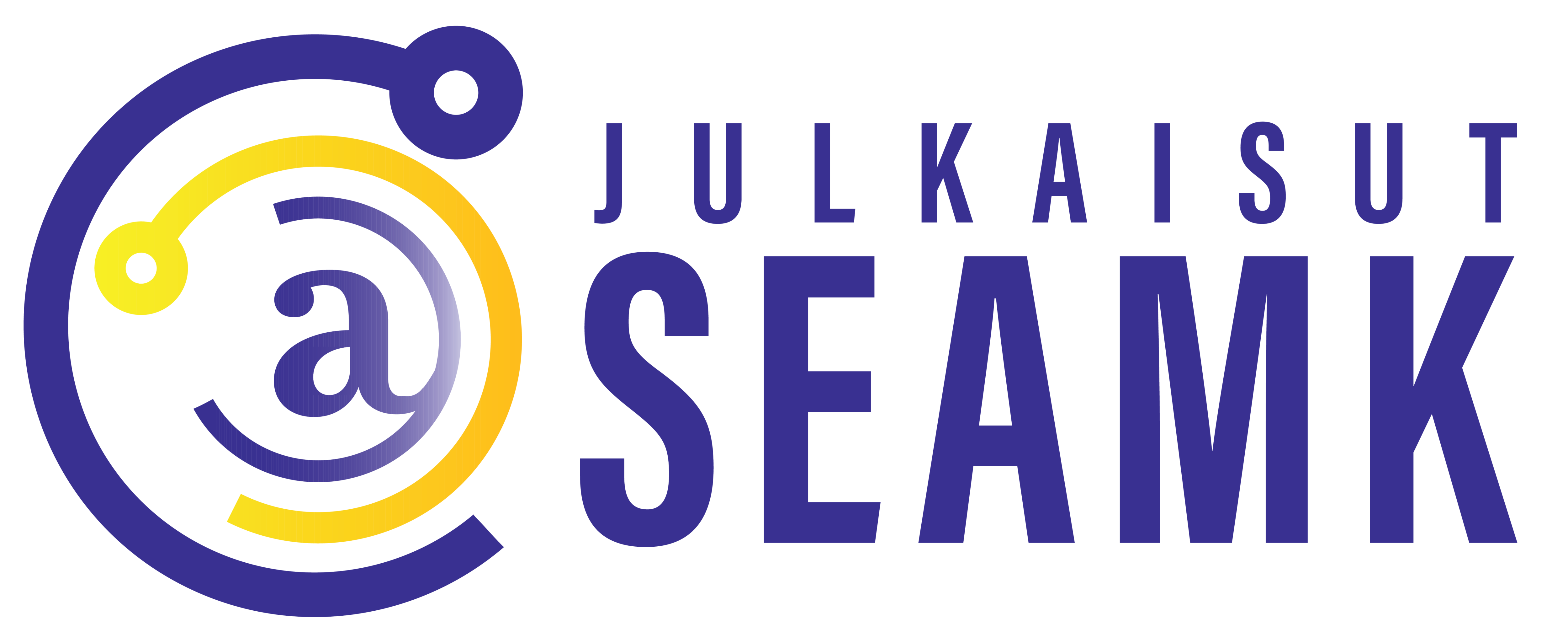Building Strong RDI Consortia: SEAMK’s Approach in Horizon Europe Projects

In the competitive world of European RDI funding, a well-designed consortium can be the deciding factor in whether a proposal succeeds or fails. For entrepreneurial universities of applied sciences such as Seinäjoki University of Applied Sciences (SEAMK), consortium building is more than a technical exercise—it is a strategic tool to connect regional expertise to transnational innovation ecosystems. Through targeted engagement in e.g. Horizon Europe and Interreg programmes, SEAMK has strengthened its ability to both lead and contribute meaningfully to international research and development partnerships.

A key enabler of this success has been SEAMK’s long-term presence in the right networks, such as the S3 Platform groups and ERIAFF working groups. Consortia are often built with parties SEAMK has come to know through these networks, or they emerge because a consortium specifically needs a representative from a given network. Some networks have set clear goals, such as securing funding for a few Horizon projects each year, and have identified excellent implementers to deliver them. In these settings, each member carries the responsibility of contributing to joint projects and their preparation, ensuring that opportunities are turned into tangible results.
A successful consortium begins with strategic alignment. Proposals must match institutional strengths with the funding programme’s policy goals. At SEAMK, areas such as digital transformation in rural areas and sustainable food systems have provided a clear foundation for participation. The Horizon Europe project COMMECT, for example, addresses the digital divide in rural communities through connectivity and smart farming solutions. SEAMK’s contribution focuses on pilot testing and impact evaluation, drawing on its regional expertise and practical research capabilities. Similarly, in the FOODPathS project, SEAMK plays a key role in co-developing inclusive food innovation ecosystems that connect farmers, SMEs, and policy actors across Europe.
An effective consortium is rarely built by chance. SEAMK’s experience demonstrates the value of forming a core group of trusted partners early in the process. These partners help define the project’s goals and structure before additional collaborators are invited to fill specific thematic or geographic gaps. In many cases, this approach has led to consortia with between five and eight partners—large enough to demonstrate European value but compact enough to ensure clear communication and coordination.
SEAMK’s roles across multiple projects reflect its profile as a regionally embedded yet internationally oriented actor. In COMMECT, the university contributes to environmental evaluation and living lab validation. In FOODPathS, it coordinates multi-actor stakeholder engagement in South Ostrobothnia. In the HIGHFIVE project, funded by European Innovation Council and SMEs Executive Agency (EISMEA), SEAMK is involved in interregional innovation investment, helping SMEs in the food sector to adopt digital and green solutions. The SIXFOLD project, also under EISMEA, leverages SEAMK’s expertise in food processing technologies within a cross-national living lab framework. In each case, SEAMK’s contribution is rooted in applied research, pilot implementation, and regional coordination.
Building a successful proposal involves more than choosing the right partners. It also requires a structured process with clear communication and shared tools. SEAMK’s teams typically work with digital collaboration platforms to co-develop work packages, manage budgets, and prepare technical annexes. Defining roles early—such as who leads which part of the work plan and how impact will be measured—helps avoid confusion and ensures smoother coordination once the project is underway.
For universities of applied sciences, making a strong case for both European and regional impact is essential. SEAMK has repeatedly demonstrated its ability to translate EU-level goals into tangible outcomes in South Ostrobothnia. In projects like FOODPathS and HIGHFIVE, the university mobilizes local actors—including municipalities, SMEs, and development agencies—into European consortia. This regional anchoring adds credibility to the proposal and supports long-term institutional development.
What emerges from these experiences is a clear lesson: building strong consortia is not only about increasing project success rates. It is also about shaping SEAMK’s role in the European innovation ecosystem, developing internal capacity, and ensuring that applied research continues to serve both regional and transnational needs. With the right strategy, tools, and partnerships, universities of applied sciences can play a leadership role in European RDI projects—and deliver real impact in the process.
Anne-Maria Mäkelä
Senior Advisor, International RDI and Networks
SEAMK – Seinäjoen ammattikorkeakoulu
Seinäjoki University of Applied Sciences
Taru Mäki
Research and Development Manager, Natural Resources and Bioeconomy
SEAMK – Seinäjoen ammattikorkeakoulu
Seinäjoki University of Applied Sciences
Anne‑Maria Mäkelä is a leading expert in international research collaboration within Universities of Applied Sciences, combining strong experience in external funding, project coordination, and strategic internationalisation. Her work emphasises building institutional support structures, fostering participation in European alliances and networks, and promoting collaboration based on shared values, regional impact, and industry engagement. Mäkelä’s approach highlights how structured support, strategic alignment with funding instruments, active networking, and peer learning can enable UAS researchers to succeed in international collaboration.
Taru Mäki coordinates research and development activities in the natural resources sector and bioeconomy at SeAMK. Mäki has worked in the S3 and ERIAFF networks for several years and is therefore familiar with the working methods of international project consortia.
References
COMMECT. (2022). Bridging the digital divide and addressing the needs of rural communities through connectivity solutions. Horizon Europe. SEAMK.
FOODPathS. (2022–2025). Safe and Sustainable Food Systems Partnership (GA 101059497). Horizon Europe. SEAMK.
HIGHFIVE. (2022–2025). Enhancing digital and green growth in food processing SMEs via interregional innovation investments (GA 101083989). EISMEA. SEAMK.
SIXFOLD. (2024–2026). Stimulating Innovation eXperiments in Food Processing Live Demonstrators (GA 101158281). EISMEA. SEAMK.
European Commission. (2021). Horizon Europe strategic plan 2021–2024. https://ec.europa.eu/info/publications/horizon-europe-strategic-plan-2021-2024_en
European Commission. (2022). Widening participation and strengthening the European Research Area (ERA). https://research-and-innovation.ec.europa.eu/funding/funding-opportunities/funding-programmes/horizon-europe/widening-participation-and-strengthening-european-research-area_en
